You are currently viewing SemiWiki as a guest which gives you limited access to the site. To view blog comments and experience other SemiWiki features you must be a registered member. Registration is fast, simple, and absolutely free so please,
join our community today!
WP_Term Object
(
[term_id] => 157
[name] => EDA
[slug] => eda
[term_group] => 0
[term_taxonomy_id] => 157
[taxonomy] => category
[description] => Electronic Design Automation
[parent] => 0
[count] => 4360
[filter] => raw
[cat_ID] => 157
[category_count] => 4360
[category_description] => Electronic Design Automation
[cat_name] => EDA
[category_nicename] => eda
[category_parent] => 0
[is_post] =>
)
IJTAG for IP Test: a free seminarby Beth Martin on 03-14-2013 at 1:53 pmCategories: EDA, Siemens EDA
What: Better IP Test with IJTAG
When: 26 March, 2013, 10:30am-1:30pm
Where: Mentor Graphics, 46871 Bayside Parkway, Fremont, CA 94538
If you are involved in IC test*, you’ve probably heard about the IEEE P1687 standard, called IJTAG for ‘internal’ JTAG. IJTAG defines a standard for embedded IP that includes simple… Read More
If your next SoC uses an ARM Cortex-A9 and has an industrial application, then you can save much design and debug time by using a prototyping platform. The price to prototype is quite affordable, and the methodology has a short learning curve. Bill Tomasan Aldec Research Engineer conducted a webinar today on: ARM Cortex SoC Prototyping… Read More
Dr. Paul McLellan and I will be covering the Silicon Valley SNUG live again this year. Unfortunately we are only allowed to see the keynotes (same thing with CDNLive) but they look very good:
Keynote Address: Massive Innovation and Collaboration into the “GigaScale” Age!
Aart de Geus, Chairman and co-CEO, Synopsys,… Read More
Those who have read the numerous articles I have written about MIPI, or PCIe, or the fusion of both named “Mobile Express” know my position: the question is not “Will Mobile devices support PCI Express?” but “When will we see Mobile devices integrating Mobile Express?” I was not really surprised by the Press Release that Cadence … Read More
I can’t imagine that any SoC today is designed without taking intense interest in how much power the chip will consume, whether it is destined for a mobile phone or tethered in a cloud datacenter. One challenge with power is that adding features like voltage islands or power-down areas require changes to the netlist such as… Read More
Standard cell library characterization has been around for decades, Synopsys has been offering Liberty NCXand Cadence has Virtuoso Foundation IP Characterization. What’s new is that Mentor Graphics acquired the Z Circuit technology for library characterization and has integrated it with the Eldo Classic circuit … Read More
In 1990s when designs were small, I was seeing design and EDA community struggling to improve upon huge time taken to verify the circuits, specifically with Spice and the like. I was myself working on developing tool for transistor level static timing analysis (STA) mainly to gain on time (eliminating the need of exhaustive set … Read More
For 20 years there has been the Electronic Design Process Symposium. It has been held each April and for the last few years at least has always been in Monterey at the Monterey Beach Resort. This year it is Thursday and Friday April 18th/19th.
The keynote on the first day is by Ivo Bolsens of Xilinx on The All-programmable SoC —… Read More
RTDA at Alteraby Paul McLellan on 03-12-2013 at 8:05 pmCategories: EDA, FPGA
I talked to Yaron Kretchmer of Altera to find out how they are using RTDA’s products. I believe that Altera are the oldest customer of RTDA, dating back over 15 years, originally used by the operations team around the test floor before propagating out in the EDA and software worlds more recently.
Altera use two RTDA tools, LicenceMonitor… Read More
At CDNLive today Frank Schirrmeister presented a nice overview of Cadence’s verification capabilities. The problem with verification is that you can’t have everything you want. What you really want is very fast runtimes, very accurate fidelity to the hardware and everything available very early in the design … Read More


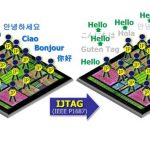



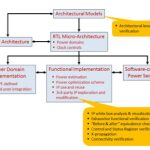

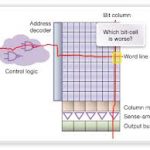

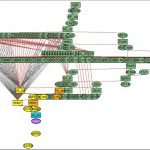
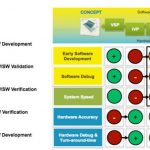
Quantum Computing Technologies and Challenges